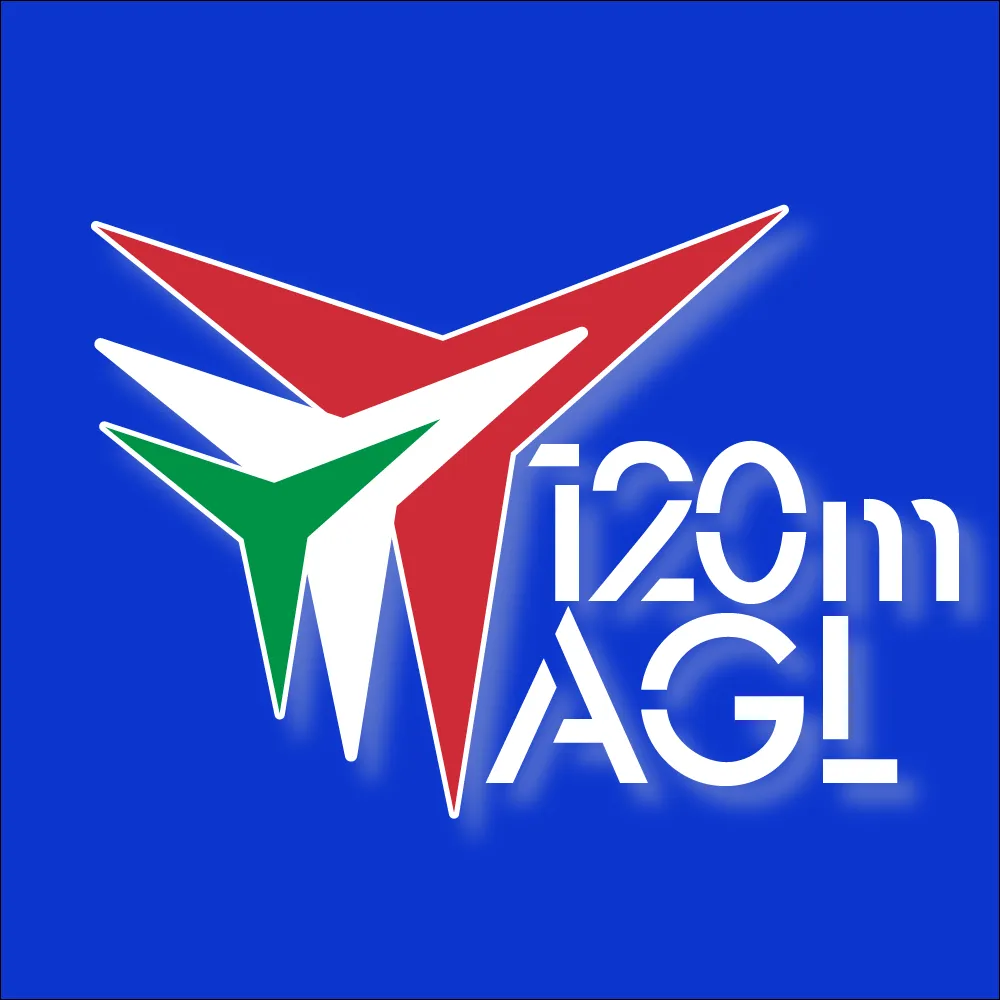FAQ on UAS Airspace Integration
1. Do I need a license to fly a drone in urban areas?
Yes, you need to obtain a remote pilot certificate if you plan to operate in urban areas, particularly if your drone weighs more than 250g. This ensures you understand the regulations and responsibilities of flying in densely populated areas. (Reg 2019/947 Art. 14).Safety Reminder: Always be mindful of people and property when flying in urban environments.
2. What are the requirements for flying a drone near an airport?
When flying near an airport, you must maintain a distance of at least 5 kilometers (3.1 miles) from the aerodrome. Additionally, you need to notify the appropriate air traffic control authority before your flight. (Reg 2019/947 Art. 15).Practical Example: If you plan to operate a drone within this distance, reach out to the local air traffic control to discuss your flight plans.
3. How do I perform a risk assessment for my UAS operation?
To perform a risk assessment, follow these steps:- Identify potential hazards related to your operation.
- Evaluate the risks associated with each hazard.
- Implement mitigation strategies to reduce these risks.
- Document your findings and plans.
This process is essential for operations in the 'specific' category. (Reg 2019/947 Art. 11).
Safety Reminder: Always prioritize safety when assessing risks.
4. What happens if I fly my drone above the 120m altitude limit?
If you exceed the 120m altitude limit, you may face penalties, including fines or suspension of your drone operation privileges. It's crucial to adhere to this limit to ensure safety and compliance with regulations. (Reg 2019/947 Art. 6).Practical Example: If you're capturing aerial footage, make sure your drone's altitude is set to avoid breaching this limit.
5. Do I need insurance to operate my drone commercially?
Yes, commercial operators must have liability insurance that covers potential damages to third parties. This is crucial for ensuring compliance and protecting yourself legally. (Reg 2019/947 Art. 23).Safety Reminder: Always check that your insurance meets the regulatory requirements.
6. What are the specific categories of drone operations?
Drone operations are classified into three categories:- ▸Open: Low-risk operations with minimal regulatory burden.
- ▸Specific: Operations that require a risk assessment and operational authorization.
- ▸Certified: High-risk operations where drones require certification.
Understanding your category is vital for compliance. (Reg 2019/945 Art. 4).
7. How do I report an incident involving my drone?
If you experience an incident, report it to the appropriate national aviation authority as soon as possible. This helps maintain safety and compliance within the airspace. (Reg 2019/947 Art. 19).Practical Example: If your drone collides with an object or experiences a malfunction, document the incident and contact your local authority.
8. Can I fly my drone at night?
Flying at night is permitted, but you must have appropriate lighting on your drone and ensure you can maintain visual line of sight. (Reg 2019/947 Art. 3).Safety Reminder: Night flying increases risks—ensure you are well prepared.
9. What if I want to fly beyond the visual line of sight (BVLOS)?
If you wish to operate BVLOS, you must submit a request and provide a detailed operational plan for approval. This typically involves a risk assessment and compliance with specific conditions set by the authorities. (Reg 2019/947 Art. 11).10. Are there restrictions on flying drones over certain locations?
Yes, you must avoid flying over sensitive areas such as military bases, prisons, and large public gatherings. Each country may have specific no-fly zones, so it's important to check local regulations. (Reg 2019/947 Art. 6).Practical Example: Use apps or maps that indicate restricted airspaces before planning your flight.
11. How can I ensure my drone is compliant with EASA regulations?
To ensure compliance:- ▸Register your drone with the national aviation authority.
- ▸Obtain the necessary pilot certification.
- ▸Conduct pre-flight checks and risk assessments.
- ▸Keep up to date with regulatory changes.
Safety Reminder: Regularly review EASA guidelines to stay informed.
12. What are the consequences of operating my drone illegally?
Operating your drone illegally can lead to fines, suspension of your pilot certificate, and potential legal action. It is crucial to understand and comply with all regulations to avoid these consequences. (Reg 2019/947 Art. 22).13. Do I need to keep a log of my flights?
While not mandatory for every operator, maintaining a flight log is highly recommended. This log can help in incident reporting and demonstrate compliance with regulations during audits.Safety Reminder: Keeping detailed records is a best practice for responsible flying.
14. Can I use my drone for delivery services?
Yes, but you must comply with specific regulations and obtain the necessary approvals for commercial operations. This often includes demonstrating safety measures and a risk assessment. (Reg 2019/945 Art. 4).15. How do I find updates on drone regulations?
You can stay updated on drone regulations by regularly checking the EASA website and subscribing to newsletters from your national aviation authority. Always consult official EASA documentation for complete requirements.Disclaimer: Regulations may change - always verify with official sources. This is educational content - not legal advice.
For further information and resources, visit 120mAGL.com .
EASA Regulatory Compliance Notice
This content is for educational purposes only and is based on EASA regulations current at the time of generation.
Always consult the official EASA documentation and your local aviation authorities for the most current regulations and legal compliance requirements before operating any UAS.

